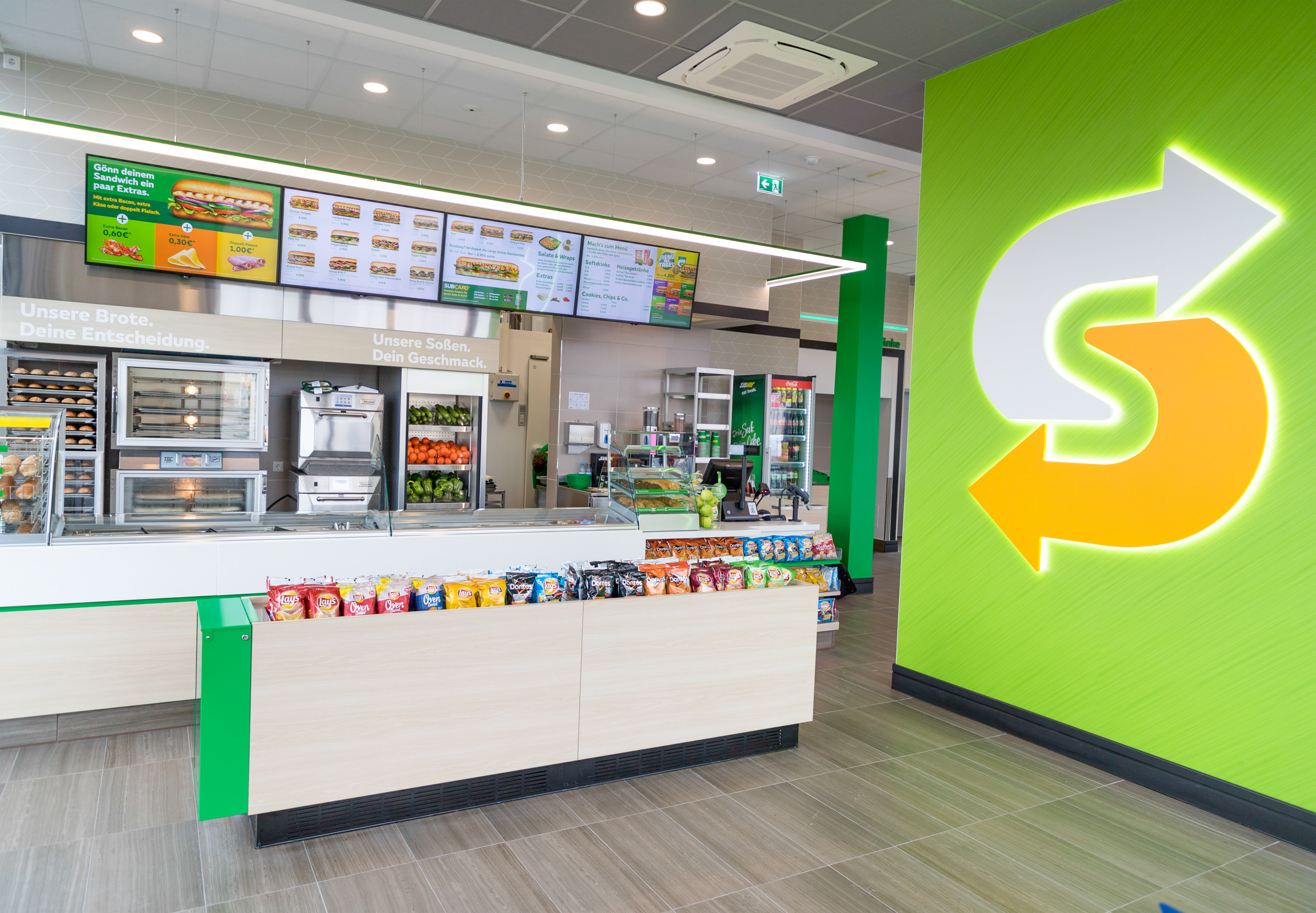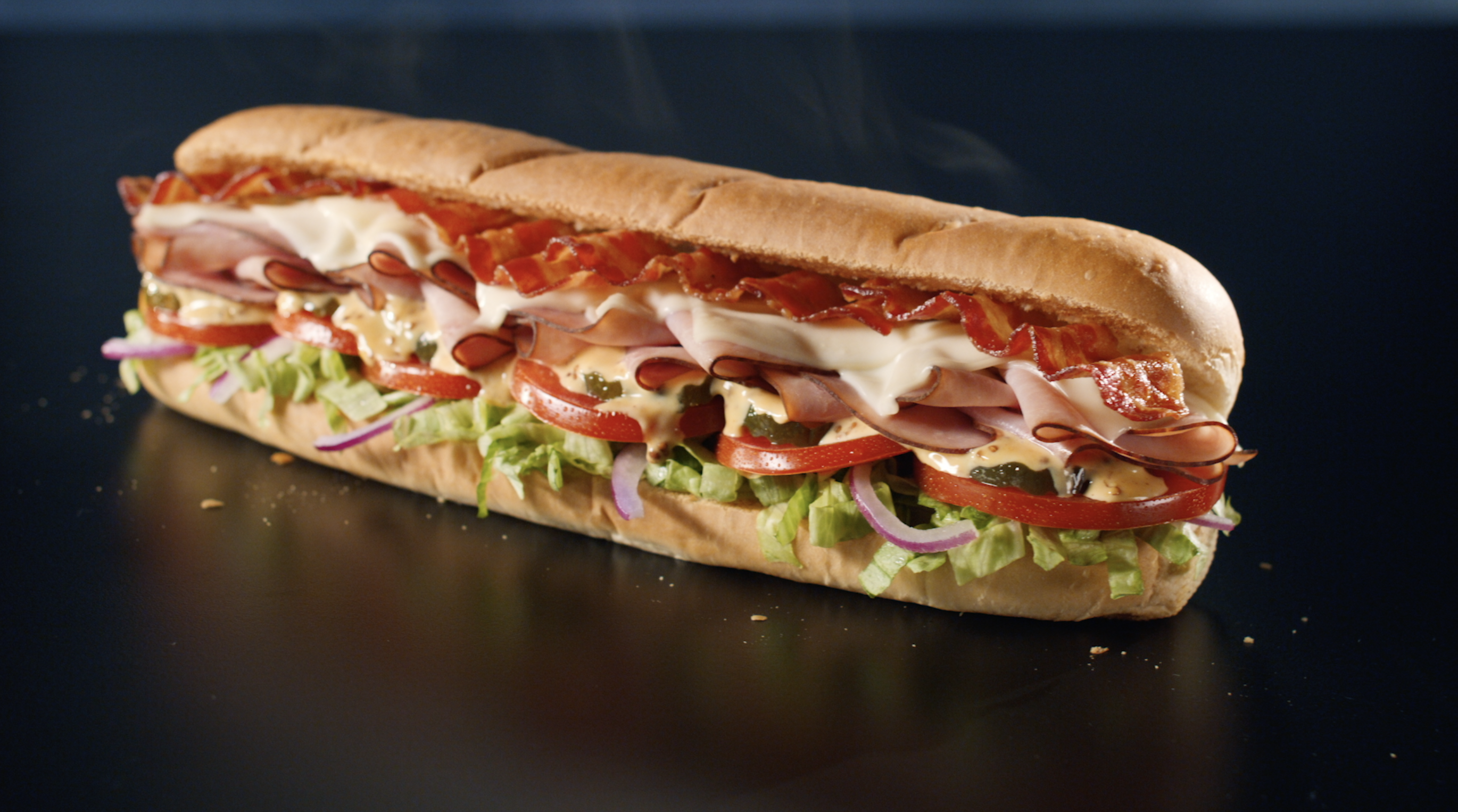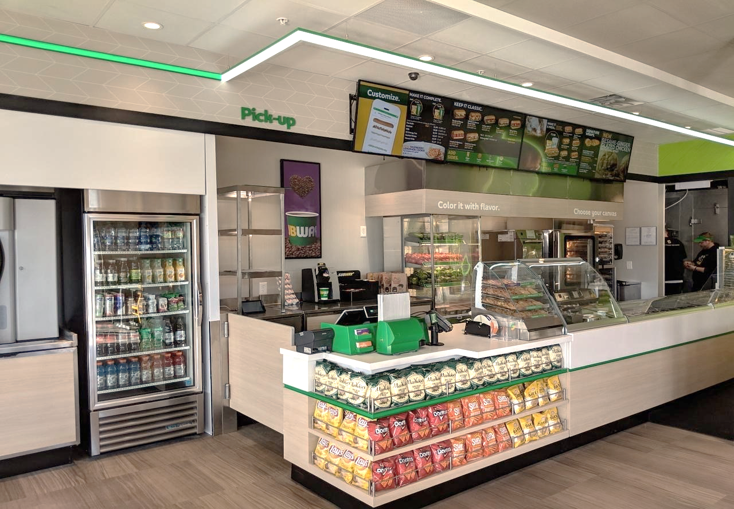Subway Revamps Menu, Leadership, and Expansion Plans to Reignite Sales
A years-long reset ties a health-forward menu, design refresh, and new leadership to more balanced growth and franchise profitability.

When Did This Start?
Subway’s reset traces to a moment that reads like the opening of a carefully composed recipe: "2007," when Fresh Fit introduced a bundle built around fewer grams of fat and thoughtful sides—water or 1% milk paired with raisins, apple slices, or baked potato chips. That combination set a health-forward tone, the kind of balanced, nourishing framing that resonates when guests seek clarity on what feels good to eat and easy to choose. A year later, a different lever—value—took the stage. The "$5 Footlong" in "2008" acted as a catalyst during a difficult economic moment, proving how a simple, memorable offer can nudge visits when budgets tighten. In parallel, the brand surged past "30,000" locations in "2008," propelled by low franchise fees and aggressive development. It was momentum built quickly, but the pace carried its own costs, and the next chapters would reveal what happens when speed runs ahead of unit economics.
How Did The Halo Form?
Fresh Fit’s framing—leaner builds with supportive sides—offered more than a menu; it created a health-forward identity reinforced by earlier promotional efforts around weight loss. Together, they forged a halo that made the proposition clear: accessible choices with a lighter profile, delivered in a format guests already understood. Yet growth has its own metabolism. Rapid development clustered units, cannibalizing sales and leaving average unit volumes "far below $1 million." Operators felt the strain, a reminder that even strong value plays need the backbone of store-level performance to be truly sustainable. In "2015," the company severed a once-prominent marketing tie, closing a chapter of attention-grabbing tactics and opening the space to re-center the message—carry forward what resonated about Fresh Fit while rebuilding the parts that no longer served.

What Changed On The Menu?
The current iteration leans harder into vegetables and protein-forward options to create low-calorie meals, extending the Fresh Fit foundation from "2007" into a more contemporary nutrition profile. In "2022," the brand introduced the "Subway Series," a systemwide refresh with signature builds that simplify choices, reduce friction at the counter, and make consistency easier to deliver—small operational tweaks that can translate into steadier guest satisfaction. In "2023," the company invested "$80 million" in deli slicers and added "six" new sandwiches, a tandem move designed to elevate perceived meat quality while widening the palette of options. Last year’s rollout of "Fresh Forward 2.0" is "meant to create a better dining experience" with an improved look and feel, aligning the dining room’s visual identity with upgraded recipes. The effect is cumulative: recipe innovation, equipment upgrades, and remodels that feel coherent—each piece reinforcing the next in a more balanced, nourishing system.
Who Is Steering Now?
Ownership changes added heft to the reset’s ambitions. Roark Capital acquired the brand in "2023," providing backing for a plan that ties menu innovation to expansion. Leadership turned over as well: Jonathan Fitzpatrick stepped into the CEO role in "July," and Damien Harmon joined as president of North America "last month." The emphasis signals execution and growth—but with an eye toward balance rather than sheer speed. On the growth horizon, the company reports commitments for "10,000" restaurants globally and a special reinvestment program for domestic franchisees aimed at boosting profitability. The mechanics are straightforward and thoughtful: align owner support with operator outcomes so that product and design upgrades convert into measurable results. After the low-fee-driven push that crossed "30,000" locations in "2008" but triggered cannibalization, the intent now reads as a more sustainable approach—growth paced to protect the economics of each unit.
Why Do Economics Matter?
Every operational choice—from signature builds to slicer investments—points to the same destination: stability at the store level. Menu simplification can ease ordering and throughput; deli slicers offer a visible quality signal; dining room refreshes close the gap between visual promise and product delivery. If those pieces cohere, they can support better AUVs, traffic, and sales. The shift in ownership in "2023" and the arrivals in "July" and "last month" place accountability for that linkage with a new team. This is the mindful version of expansion: reduce friction, elevate perceived quality, and make the experience feel consistent. Doing so doesn’t just polish the guest journey; it can help stabilize operator outcomes, the true test of a brand’s long-term health. After a period when average unit volumes sat "far below $1 million," the plan’s success hinges on whether these changes create a balanced foundation strong enough to carry growth without repeating the costs of speed.
.jpg)
What Happened When?
The cadence itself tells the story. Fresh Fit arrived in "2007," anchoring the health-forward identity. The "$5 Footlong" followed in "2008," even as store counts jumped past "30,000" in "2008" on low franchise fees and aggressive development. That phase exposed the downside of clustering—franchisees suffered as cannibalization undercut performance, and AUVs remained "far below $1 million." A marketing break in "2015" closed a prior era and set the stage for reconstruction. The rework accelerated in "2022" with the "Subway Series." In "2023," the brand put "$80 million" into deli slicers and added "six" sandwiches. Last year brought "Fresh Forward 2.0," "meant to create a better dining experience." Ownership shifted in "2023," followed by leadership changes in "July" and "last month." The sequence—menu, equipment, design, then ownership and leadership—culminates in commitments for "10,000" global locations and a reinvestment program that ties growth to profitability. The arc reflects a thoughtful attempt to turn legacy equity into present-day relevance without losing sight of operator economics.

What’s Clear And What Isn’t?
Several facts are clearly in view: Fresh Fit in "2007"; the "$5 Footlong" in "2008"; the surge past "30,000" locations in "2008"; AUVs "far below $1 million"; and the marketing break in "2015." The modern milestones are also named: the menu overhaul in "2022"; the "$80 million" slicer investment and "six" added sandwiches in "2023"; and "Fresh Forward 2.0" last year. Ownership by Roark Capital arrived in "2023," followed by leadership changes in "July" and "last month," commitments for "10,000" restaurants globally, and a special reinvestment program. What remains unspecified are the current AUV figure, the timing and geography of the "10,000"-unit buildout, and any measured impact from the "Subway Series," slicer investment, or "Fresh Forward 2.0" beyond their stated intent. It is also not detailed how quickly the reinvestment program will reach domestic franchisees or how remodel pacing will be prioritized. The plan’s success hinges on whether these operational changes translate into sustained traffic and stronger sales. The closing note is both practical and aspirational: "The lesson is operational: menu architecture, equipment quality, and design coherence must support operator economics to make growth sustainable." If the pieces connect, a legacy health halo can mature into a growth engine that feels balanced and nourishing for both guests and operators. If they don’t, the costs of speed once seen in "2008" will linger as a reminder that scale, without thoughtful economics, is a fragile win.